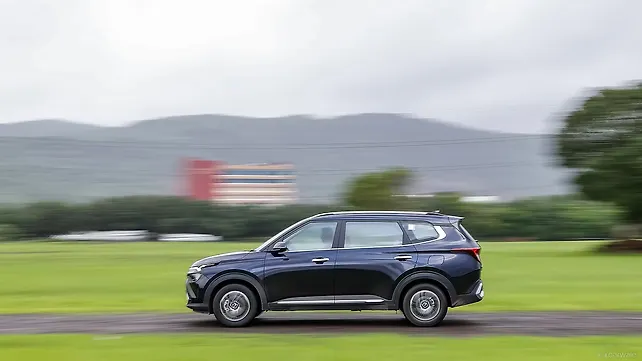
New Flagship EV SUV
Kia recently launched its flagship EV9 SUV in India at a price of Rs. 1.29 crore. It's a brand-new BEV and brings in loads of technology, driver assistance systems, comfort-oriented features, and a massive claimed range of 561km. It's a tempting package sure, but for a budget player like Kia, it's a price that seems out of sequence. Or is it really?

Best of the best (of the best)
Well, for one, Kia doesn't seem too concerned about the high price as it has openly said that the EV9 is a showcase to Indian buyers of its technological prowess in foreign markets. It's being brought in limited numbers, only as a top-spec model, and the import numbers will be solely based on the order books. Deliveries for the first set of takers will begin in March 2025.
Leading the charge
However, the EV9, and for that matter, the EV6, have a much bigger role to play in the overall scheme of things. They will get the ball rolling for two smaller budget EVs that Kia has planned for India. The first one will arrive in the second half of CY2025 and is expected to be an electric Carens. This is something that Kia itself has confirmed and it makes sense as the Carens has been a standout product for the automaker. What’s more, its image will directly correlate to the EV9 in terms of product offerings. The electric Carens is expected to be joined by a second budget EV.
Logically, a Sonet EV makes a lot of sense as the segment is picking up and will have many players apart from the XUV400, Tata Nexon EV, and the MG Windsor by 2026. However, Kia is also getting a sister car to the Sonet in the same price bracket in 2025. This car, expected to be called either the Syros or Clavis, will make use of the same Sonet platform but have a different top hat. Making an EV out of this could help Kia stand out in the crowd.
Also read: Kia India Embraces Innovation To Address Evolving Market Dynamics

Made in India
The two budget EVs will be manufactured at Kia’s Anantapur Plant, first for the Indian market and, depending on the response, could also be produced for export markets, both RHD and LHD.